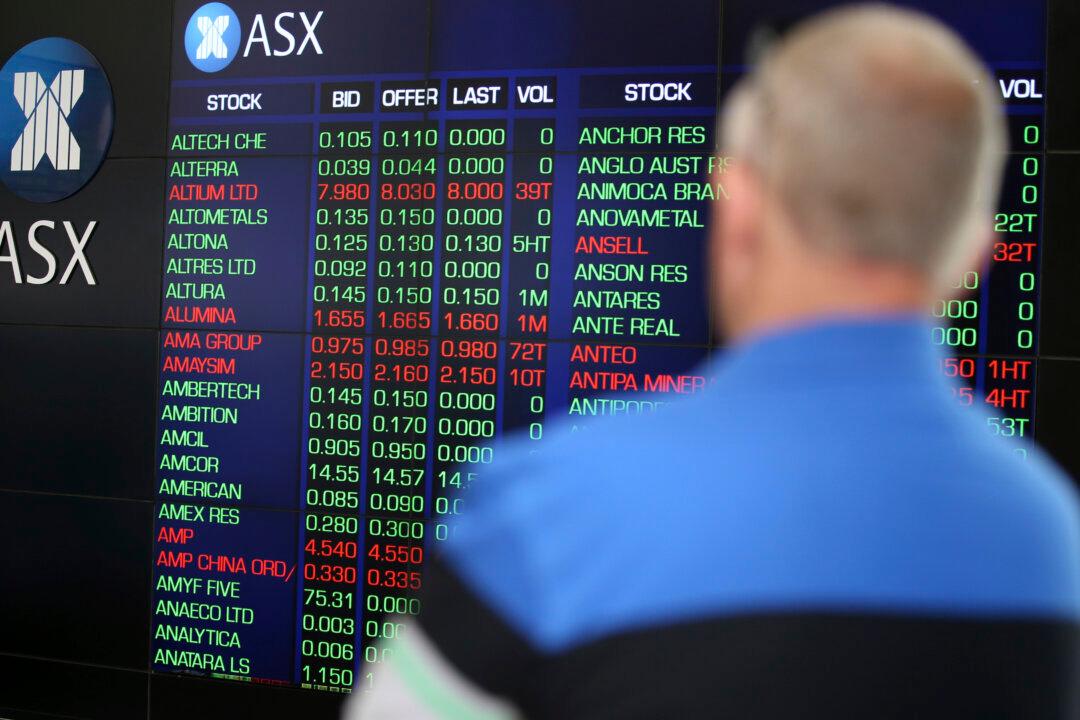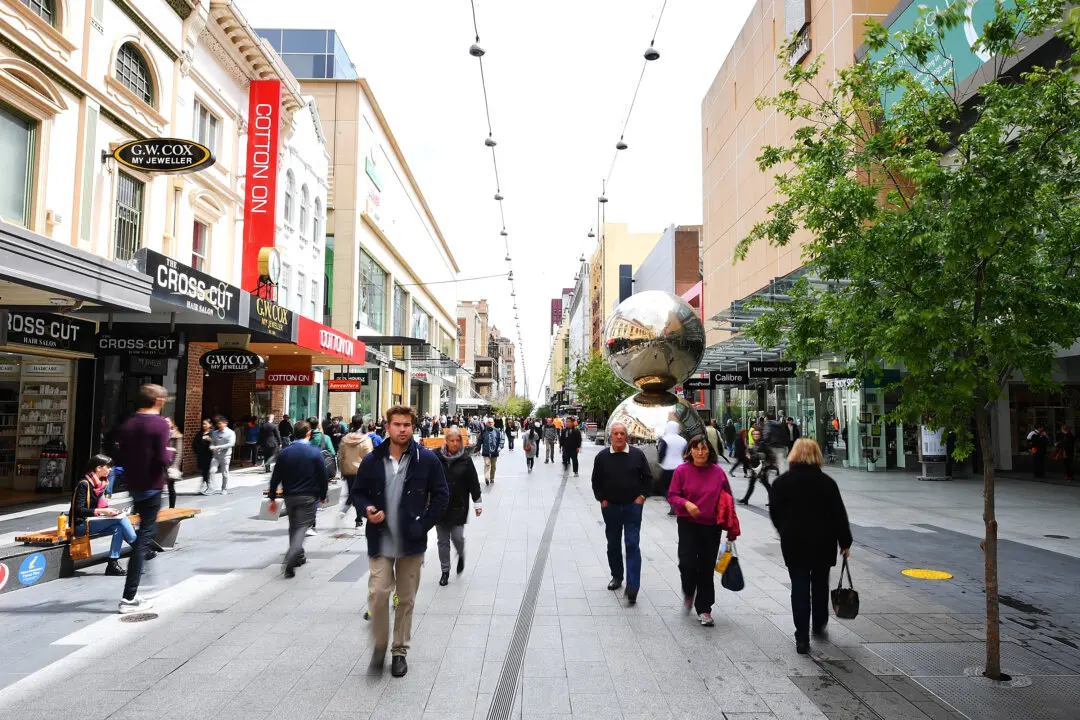The Australian stock market has had a challenging start to the week, diving more than 3 percent amid weak economic data and global recession fears.
The benchmark ASX 200 index plunged 3.21 percent at the time of writing to 7,688.3 points, wiping billions from the market in the worst single-day fall since 2022.





